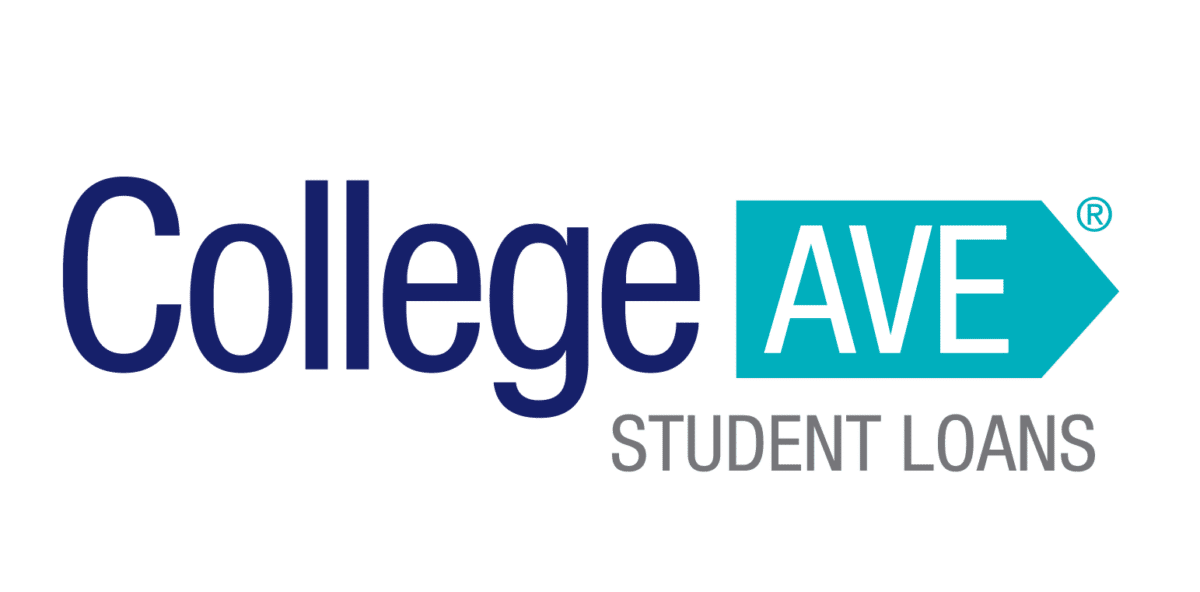
With the cost of attending college on the rise, relying on financial aid, like grants and scholarships, to cover the entire cost of attendance isn’t always possible. If you don’t have enough savings and other financial aid, you might need to turn to a student loan program to bridge that funding gap.
The good news is that you don’t always need to worry about your credit score or get a cosigner if you turn to federal student loans. Here’s how to get approved for a student loan.
How to get approved for a student loan
When it comes to federal student loans, the eligibility requirements to apply are straightforward. Most borrowers qualify and the interest rate is the same for everyone who gets a federal loan for the academic year — regardless of credit history.
Let’s take a look at how to get approved for a federal student loan.
1. Understand the eligibility requirements for federal student loans
In most cases, you’re eligible for federal student loans if you’re a U.S. citizen or eligible non-citizen who’s at least 18 years old. You also need to register for Selective Service if you’re a male.
There are other requirements, but, for the most part, if you have a valid Social Security number and are a U.S. citizen, you’ll probably qualify for federal student loans. You will, however, need to be able to prove that you’ve received a high school diploma or have a GED.
Depending on your financial need, you might qualify for different student loan options, like subsidized loans. With a subsidized loan, the federal government covers your interest costs while you’re in school. If you don’t qualify for subsidized loans, you’ll receive unsubsidized loans and your interest will accrue while you’re in school.
2. Fill out the Free Application for Federal Student Aid
Once you know your eligibility, the next step is filling out the Free Application for Federal Student Aid (FAFSA). The FAFSA is designed to act as your loan application for federal loans.
In addition to getting you lined up for federal student loans, the FAFSA also collects information about your family’s finances to determine whether you’re eligible for grants or programs, like federal work-study.
After completing the FAFSA, sign the certification statement and submit the form. This can be done electronically or via mail.
3. Choose a financial aid package, including student loan options
The information in your FAFSA will be sent to the financial aid office at each school that you designate when filling out the form. Using that information, you’ll receive a package that includes the type of student loan options you’re eligible for, and the other types of financial aid you’ll receive.
Your financial aid package is based on your enrollment. This includes the requirement of being enrolled at least half-time, to receive federal student aid.
Once you choose your package and sign the Master Promissory Note, as well as complete student loan counseling activities, your school will start the process of disbursing the funds to you. The disbursement will cover tuition and other costs. Any remaining amount from your student loans and other financial aid is sent directly to you.
Parent PLUS Loans
If you still need help covering college costs, your parents might be able to borrow a Parent PLUS Loan on your behalf. This falls under the umbrella of Direct PLUS Loans, which also include Graduate PLUS Loans for graduate or professional students.
Direct PLUS Loans are the only federal loan that comes with credit eligibility requirements. However, the credit check isn’t the same as you’d see with a private loan. Instead of requiring good credit, a PLUS loan only requires that you don’t have an adverse credit history.
Some of the items considered as adverse credit history include:
- Being 90 days delinquent on accounts with a total balance of at least $2,085.
- A default determination in the previous five years.
- A bankruptcy discharge, repossession or foreclosure in the previous five years.
- The charge off of a federal student aid debt during the previous five years.
- A wage garnishment or tax lien in the previous five years.
As long as a parent doesn’t have these issues, they’re likely to qualify for a Parent PLUS Loan.
It’s also important to note that loan terms are a little different for Direct PLUS Loans. Its interest rates are generally higher, and repayment options usually differ compared to undergraduate student loans.
What about private student loans?
Even with federal student loans, you might still have trouble covering the cost of attendance. If this is the case, you might be able to get a private student loan.
Student loan lenders have their own credit requirements, so you’ll go through a more complete credit check compared to a Direct PLUS Loan. Private loan borrowers also need to meet the lender’s debt-to-income ratio eligibility requirements.
If your application doesn’t meet the lender’s requirements, a creditworthy cosigner might help you qualify for the loan. When comparing private student loans, consider looking for a financial institution that offers a cosigner release after you’ve made on-time payments when you finish school.
Some student loan lenders also offer parent private loans. In some cases, there are higher interest rates for Parent PLUS Loans than for private student loans. For those with good credit, it might make sense to explore private student loans to find a competitive rate.
Later, if rates drop further, you get a high-paying job, or your credit improves, you might be able to refinance to a private loan with a lower interest rate.
Be careful when using private lenders or refinancing student loan debt. Private loans aren’t eligible for federal student loan forgiveness programs, income-driven repayment plans or guaranteed forbearance.
The bottom line
When figuring out how to pay for college costs, lean on scholarships, grants and savings as much as possible. Then, if needed, turn to federal student loans. It’s easier to figure out how to get approved for a student loan if you start with the U.S. Department of Education and the FAFSA.
Finally, use private student loans as a last-resort option if you still have a funding gap after exhausting federal student loan options.
| Lender Name | Lender | Offer | Learn more |
|---|---|---|---|
| Sallie Mae |

|
Competitive interest rates.
|
Fixed 4.50 - 15.69%
Variable 6.37 - 16.78%
|
| Earnest |

|
Check eligibility in two minutes.
|
Fixed 4.67 - 16.15%
Variable 5.87 - 18.51%
|
| Ascent |

|
Large autopay discounts.
|
Fixed 4.09 - 14.89%
Variable 6.22 - 15.20%
|
| College Ave |

|
Flexible repayment options.
|
Fixed 4.07 - 15.48%
Variable 5.59 - 16.69%
|
